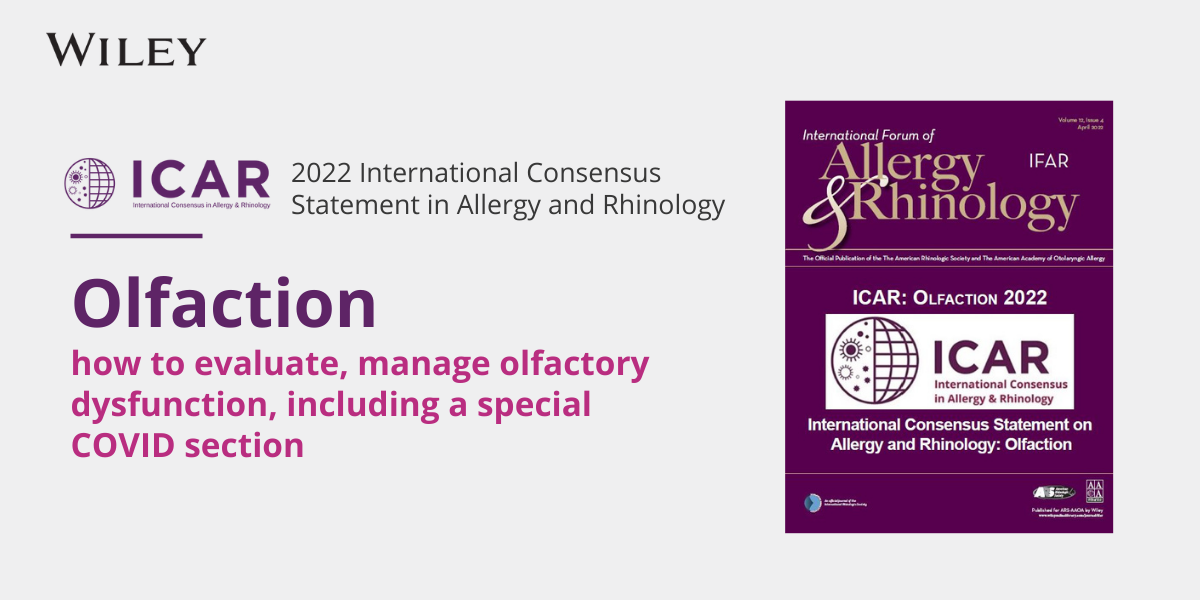Despite efforts to fund the government for fiscal year (FY) 2026, Congress could not reach an agreement on a short-term continuing resolution (CR) or final FY 2026 appropriations before the September 30 deadline. This lapse in appropriations triggered a government…
Understanding Billable Units: Avoiding Denials & Optimizing Compliance
11.
Understanding Billable Units: Avoiding Denials & Optimizing Compliance
Understanding how payers define a billable unit for immunotherapy vial prep is essential to better ensure reimbursement. Practices should be aware of their payer policies and keep an annual checkup process in place to note changes or proposed changes with comment periods.
The confusion around a dose unit and a billable unit came about when CMS defined a billable unit for its carriers. While this change in termination and definition was CMS centric for Medicare and Medicaid, we have noticed an increase in private payers adopting the CMS definition of a billable unit.
CPT Definition
According to the AMA CPT definition, 95165 is billed for “professional services for the supervision of preparation and provision of antigens for allergen immunotherapy; single or multiple antigens (specify number of doses).”
CMS Definition
As of January 1, 2021, Centers for Medicare and Medicaid Services (CMS) defines a billable unit “as a one- (1) cc aliquot from a single multidose vial” for CPT code 95165. Under this definition, a billable unit is based on 1 cc volume, which should not be confused with the immunotherapy clinical dosing.
Using the CMS definition, if you prepare a 5 cc vial of immunotherapy, it should be billed as 5 billable units. Under this billing protocol, it does not matter how many clinical doses you intend to draw from the 5 cc vial.
This is contrary to the CPT definition based on clinical dosing. If you prepared the same 5 cc vial, but drew 10 0.5-cc clinical doses from the 5 cc vial, this would be billed as 10 doses under the CPT definition
Given that there has been an upsurge in the number of private payers instituting the “1 cc billable unit” definition, it is prudent to review all your payer policies to assure you are in compliance. We know it can be confusing. And, you should not change your clinical dosing. The CMS definition is only defining a billable unit, and not a clinical dose.
| 95165 Billable Unit Definitions | |
| Payer | Billable Unit |
| Carriers (non-Medicare interpretation) | Dose |
| Medicare | 1 cc |
NOTE: Several private payers have adopted the Medicare interpretation.
Non-Medicare Clinical Example
A physician prepares 10-dose multidose 5 cc vial for a patient. Same encounter, 1 dose is administered via 1 injection.
| Non-Medicare Clinical Example | ||
| CPT Code | Unit | Unit Explanation |
| 95165 | 10 | 10-dose multidose |
| 95115 | 1 | Single injection |
Medicare Clinical Example
A physician prepares 10-dose multidose 5 cc vial for a patient. Same encounter, 1 dose is administered via 1 injection.
| Medicare Clinical Example | ||
| CPT Code | Unit | Unit Explanation |
| 95165 | 5 | 5 cc vial |
| 95115 | 1 | Single injection |
Note: CPT code 95165 is billed on the date of preparation. The code falls under both incident to and direct supervision. Incident to is due to the physician work within the code. Direct supervision means the physician needs to be in the office during the vial prep.
FAQs
Q: Our practice received a denial from a Medicare replacement plan payer on billing for allergy vials (CPT 95165) stating units are calculated incorrectly. The patient received 12 doses in two 5 ml vials. Could you explain how the billing for our doses is incorrect?
A: For the CMS/Medicare definition, billable units are cc’s. If your office is prepping allergy immunotherapy in 5 cc vials, then the maximum billed per vial is 5 billable units. It does not matter how many doses will be provided. The billable unit is a cc. If your practice is prepping 2 – 5 cc vials, the max billable units under the Medicare definition is 10 units.
Q: Our practice has been billing for 95165 the same way for years. A payer just sent us an update to the allergy policy. Included in the update was a reference to a billable unit. This is a non-Medicare payer. How does this impact our practice?
A: Some private payers have applied the CMS definition of a billable unit to their coverage policies. If the payer has alerted you to a change in policy, you need to change your billing to comply. If you typically prep 5-cc vials, then you would bill this as 5 units, regardless of how many doses or “shots” you expect to deliver from that vial.
For more on billing and coding, register for the AAOA Annual Meeting 2025. Registration is FREE for AAOA members. Sessions include:
- ABCs of Allergy Billing & Coding
- Master ENT Denials and Get Paid!
- Craziest Denials and Appeal Approach
Full Schedule: https://www.aaoallergy.org/education/aaoa-annual-meeting-2025/schedule/
Register Now: https://aaoa.cloud-cme.com/Form.aspx?FormID=2851
Resources
Allergy Coding. AAOA Practice Resource Tool Kit. https://www.aaoallergy.org/wp-content/uploads/2020/01/Allergy-Coding-AAOA-Practice-Resource-Tool-Kit.pdf
American Medical Association. Allergen Immunotherapy. Synovec M, Brin KP, Jagmin CL, Hochstetler Z, et al., eds. Current Procedural Terminology (CPT) 2020. Professional ed. American Medical Association; 2019.
Billing and Coding: Allergy Immunotherapy. Centers for Medicare & Medicaid Services. Published 10/26/2013. https://www.cms.gov/medicare-coverage-database/view/article.aspx?articleid=57472&ver=14&
The American Academy of Otolaryngic Allergy (AAOA) Practice Resources are intended as a guide to help AAOA members integrate allergy into their otolaryngology practice and to continually improve on this integration as new information, regulations, and resources become available.
While these tools are meant as resources, we highly recommend seeking input from your practice counsel and local/state medical associations and regulatory authorities, as rules vary between states. Each practice is responsible for confirming coverage, coding, and payment parameters for those payers and regulators affecting their practice. Our intention is to offer insights by sharing what others within AAOA do. These are not meant as recommendations.




